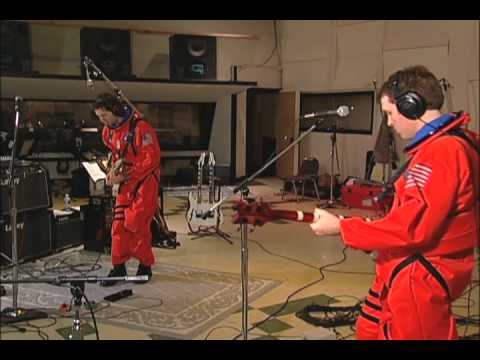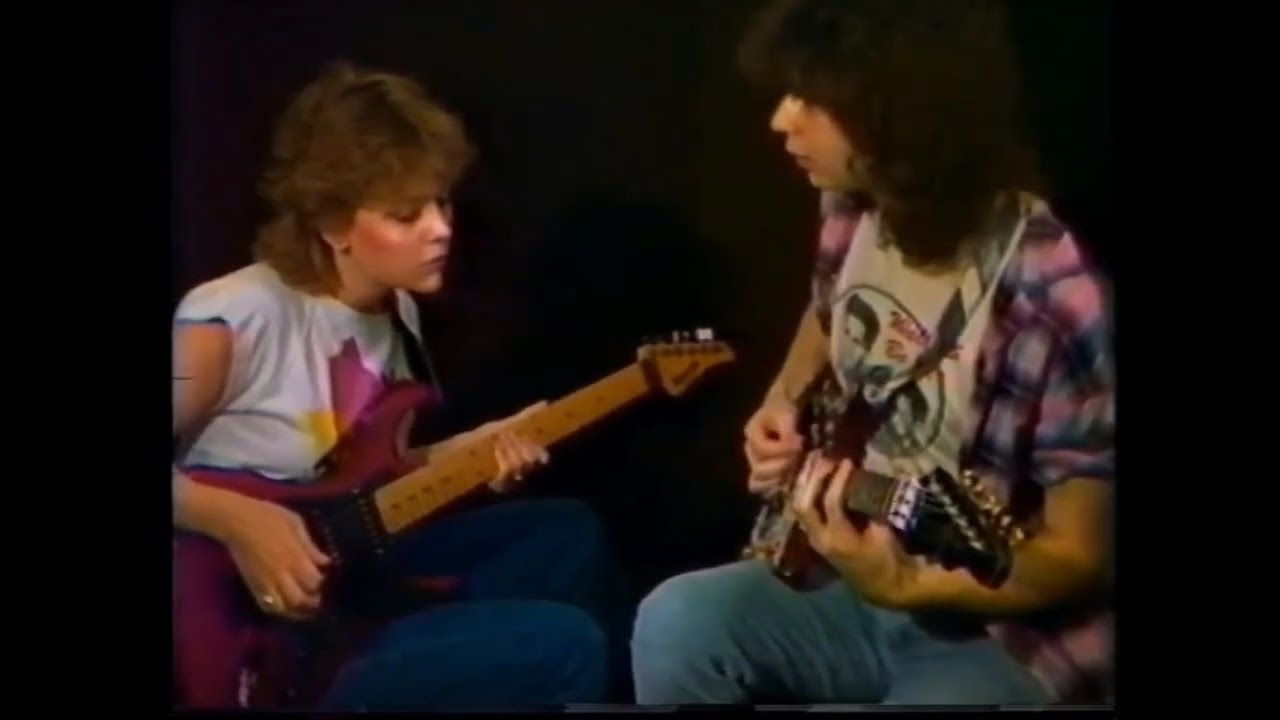As an example of what this looks like when wrist players change the direction of the wrist motion, but not the “slant”, here’s Andy Wood playing the six-note pattern with outside picking:
He’s speeding up here so the technique actually changes. He starts out with double escape motion on every pickstroke. But by the end he switches to two single escape motions. Toward the end of the clip, when he’s playing a little faster, look at the last note on the D string. You can see that the pick actually makes a diagonal motion that goes up in the air and avoids hitting the A string as he goes over the top. The pick’s appearance doesn’t change. This is just the hand changing the direction is it is moving. This is the “secondary” motion we’re talking about.
As @tommo points out, Andy may occasionally hit the A string on his way back over the top, especially as he speeds up. But it’s clear from looking at the video that he is actually making a different motion on that last note, to get back over the string.
This is the difference compared to a player like Batio, where the motion doesn’t change and just hits the string on the way back. Watch this clip in slow motion and you will see the upstroke on the top string as it passes through the lower string on the return trip:
Mike is not switching to the secondary motion, he’s just using the primary motion the whole time, hence the swiping.
Again, if it sounds good, it is good. So whichever way you do this is fine.




